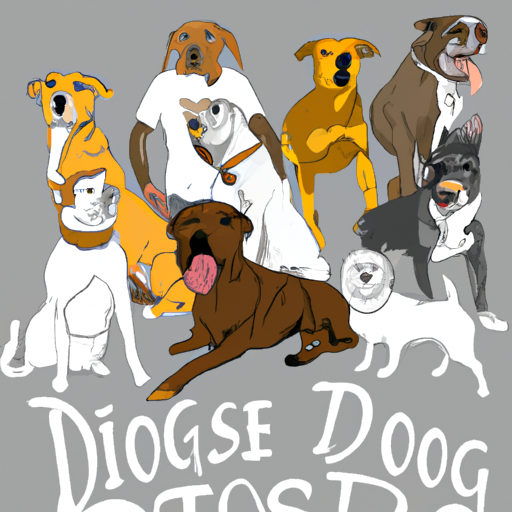As a caregiver, it’s important to understand the behaviors and cues your four-legged friend might exhibit. Understanding dominance in dogs can help you to provide a safe, harmonious environment for both you and your pet.
H2: Understanding The Concept of Dominance in Dogs
Dominance in dogs is not about aggression or being the ‘alpha’. It’s about control and having first access to resources such as food, toys, and territory. Dominance is a fluid concept – a dog might show dominance in one situation and submission in another.
- Control over resources: This can manifest as your dog guarding their food or toys, not allowing other pets or people to approach.
- Territorial behavior: A dominant dog may mark their territory often, both inside and outside the home.
H2: Signs of Dominance in Dogs
Knowing the signs of dominance can help you establish boundaries and ensure a healthy relationship between you and your dog. Here are key signs:
- Aggression: This includes growling, barking, or biting when you try to remove a toy or food.
- Pushy behavior: If your dog consistently nudges you for attention or pushes past you through doorways, this could be a sign of dominance.
- Ignoring commands: A dominant dog may ignore your commands, especially in the presence of distractions.
| Signs of Dominance | Explanation |
|---|---|
| Aggression | Growling, barking or biting when you try to remove a toy or food |
| Pushy behavior | Consistently nudging you for attention or pushing past you through doorways |
| Ignoring commands | A dominant dog may ignore your commands, especially in the presence of distractions |
H2: How to Deal with Dominance in Dogs
It’s crucial to address dominance behaviors in a positive and reinforcing way. Here are some strategies:
- Consistent Training: Regular training sessions can help establish boundaries and reinforce desired behavior.
- Positive Reinforcement: Reward your dog for good behavior with treats, toys, or affection.
- Avoid Punishment: Negative reinforcement can often lead to more aggressive behavior. Instead, try to redirect your dog’s behavior towards something positive.
H2: The Role of a Caregiver in Managing Dominance
As a caregiver, understanding and managing your dog’s dominance behavior is key to fostering a healthy bond.
- Be patient: Changes in behavior take time. Celebrate small victories and remain consistent with your approach.
- Seek professional help if needed: If your dog’s dominance behavior is causing distress or harm, it could be time to consult with a professional dog trainer or behaviorist.
H2: Frequently Asked Questions (FAQs)
Q: Is dominance in dogs a bad thing?
A: Not necessarily. Dominance is a natural part of canine behavior and only becomes a problem when it leads to aggression or other negative behaviors.
Q: Can I train my dog out of dominant behavior?
A: Yes, with consistent, positive reinforcement training, you can manage and even change your dog’s dominance behavior.
Q: How can I tell if my dog is dominant or just playful?
A: It can be tricky as some signs of dominance can mimic playfulness. If you’re unsure, it’s best to consult a professional dog behaviorist.



